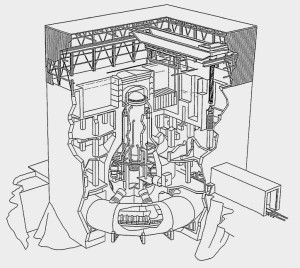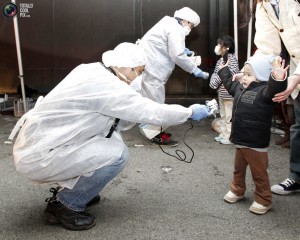 Every day we use electricity to light, heat, cool, pump music, run computers and generally control our indoor environment. The electricity we use is produced in a power plant it is then transformed to a voltage that can be used to power our homes businesses and once in a usable format it is transmitted.There is a predictable amount of minimum energy that will need to be produced every day, and this is called the base load. The power grid needs to supply enough energy for this base load. However at certain times of the day energy demand is higher. These times are called peak usage times, and usually occur in the late afternoon and early evening.
Every day we use electricity to light, heat, cool, pump music, run computers and generally control our indoor environment. The electricity we use is produced in a power plant it is then transformed to a voltage that can be used to power our homes businesses and once in a usable format it is transmitted.There is a predictable amount of minimum energy that will need to be produced every day, and this is called the base load. The power grid needs to supply enough energy for this base load. However at certain times of the day energy demand is higher. These times are called peak usage times, and usually occur in the late afternoon and early evening.
Demand Response programs are set up to allow individual entities to voluntarily trim their energy usage. By voluntarily trimming energy usage each participant is helping to remove strain on the power grid which helps prevent blackouts, brown outs, and rolling blackouts. The top four companies investing money into demand response programs are Pacific Gas and Electric co, Southern California Edison Co, Florida Power and Light Co, and San Diego Gas and Electric Co. Each of these companies has several different programs to participate in, and offer incentives for participating.
A common program most companies have is one where businesses or individual homes pledge to reduce their power usage during times of peak usage. PG&E calls this program peak choice. PG&E notifies the participating customer when peak usage times are going to occur ahead of time, and it is then the responsibility of the customer to reduce their energy usage. If the participating customer fulfills their pledge to reduce energy usage then they save money, and get public recognition for their efforts. Another program is called peak day pricing in which the price of energy varies depending on when it is being used, and you are given incentives for reducing your load or for switching the times when your power load is used to non-peak hours.
In the last few years the federal government has gotten involved in demand response initiatives and in 2010 the Federal Energy Regulation Commission (FERC) released a federal action plan on demand response. In the federal action plan on demand response they asked for better consumer education as well as better technical assistance to assist the implementation of demand response.
Here is a link to a video on Demand Response made by PG&E:
http://www.pge.com/mybusiness/energysavingsrebates/demandresponse/
Resources:
http://www.pge.com/mybusiness/energysavingsrebates/demandresponse/peakchoice/comparedemandresponseprograms/
http://smartgridresearch.org/wp-content/uploads/sgi_reports/Top_10_US_Utilities_by_DSM_Investment_Zpryme_Smart_Grid_Insights_March_2011.pdf
http://science.howstuffworks.com/environmental/green-science/demand-response.htm


